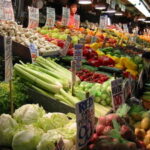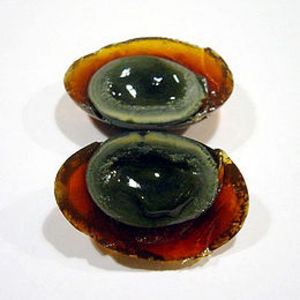My two youngest kids, ages one and six, are on the skinny side. I like my children to have a healthy diet, and so I like to feed them lots of fruits and vegetables, whole grains and lean meats. They are also very active, and tend to burn a lot of calories. While I thought this to be a very healthy way to feed my children, my doctor advised me that they were both underweight for their ages, and recommended putting both of them on a higher calorie diet.
Here are some tips I’ve discovered in my search to raise my kid’s caloric intake, while still retaining a healthy diet as much as possible, and without adding a ton of junky saturated fats and sugars. I try to keep my kids away from junk foods like chips, pop, donuts and cake as much as possible. The extra calories I add to their diet needs to have healthy fats, and come from sources as high in nutritional value as possible.
One way I add calories to my kid’s diet is through healthy proteins. Eggs are a favorite around my house, and can be prepared in a variety of ways to appease my picky kids. They like to have just plain hard boiled eggs, or I can chop them up to add to a salad. Scrambled eggs can be eaten as is, or added to breakfast burritos in a whole grain tortilla. If I chop up the vegetables finely enough, my kids will sometimes eat a vegetable omelet, with the cheese adding even more calories. If you are worried about too much cholesterol, you can always remove a couple of the yolks before scrambling the eggs.
Lean meats, like chicken and turkey are also good choices for adding calories without too much of the bad fats. Fish is the best choice of meats, as a source of omega-3 fats. Bake, grill, or steam your meats instead of frying to avoid using oils that may increase the trans fat intake.
Nuts are also a good way to add calories in a healthy way. Home-made nut butters are great for smaller kids, who might choke on the harder nuts. Pistachios and cashews are softer, and I feed them to my 20 month old boy all the time. Peanuts and peanut butter shouldn’t be given to kids under one year, as there is an allergy risk. Nut butters go great on whole grain crackers and bread, and also can be a dip for vegetables and fruits, like celery, apples, pears, and carrots.
Avocados and olives are some of the rare vegetables (or are they really fruit?) that has a useful amount of fat calories. Avocados can simply be sliced and eaten plain, or added to casseroles or sandwiches. My kids will only eat avocados if I make it into a dip like guacamole, which can be used for vegetables or whole grain crackers. Olives can be added to many hot dishes, like spaghetti, or tacos, or eaten plain. Remember to break them in smaller pieces for toddlers, as olives can be a choking risk.
You can also add extra calories to your child’s diet with a variety of healthier snack foods, like Sun Chips. Read the labels for trans fat and nutritional information.
Whole milk and cheeses, sour cream, yogurt and other dairy products are also an excellent way to add calories, as well as the necessary calcium and proteins needed for proper growth.
These are just tips from one parent to another, and should not be taken as nutritional advice. Always consult your child’s doctor or nutritionist when it comes to matters as important as the health of your child.



